Today I have a tutorial to help you reinforce the curved
edge of a kimono sleeve. I have
mentioned this technique before, but thought it was deserving of a more in
depth tutorial.
I love a kimono sleeve. The design feature is classic, easy to wear, and very easy to construct. As a fan of vintage silhouettes, I have made quite a few dresses and blouses with this design feature over the years (the Anna Dress is a perfect example, as is this blouse, as well as my most recent project). But I have never liked the fact that it requires clipping into a seam that sees a lot of movement and potential wear.
There are, of course, different options for reinforcing a
non-gusseted version of a kimono sleeve. If your fabric is lightweight, a
French seam is an excellent choice. Because the seam allowance is trimmed
during French seam construction, the need to clip into the seam is eliminated. If, however, you find the perfect fabric for
your kimono sleeved pattern, but a French seam is going to be impossible with
your thick fabric, there is another way!
This reinforcement technique is often included on vintage pattern instructions; the first time I came across it was on the instructions for this dress. Over the years, I have used the process on many, many cut-in-one sleeved bodices, and along the way, I have figured out a few extra steps that makes the process easier, and (I think) even better!
Before you start construction, stay-stitch each side seam on
the front and back bodice pieces (this step is not shown on the mini muslin mock up). Complete any construction necessary on the
bodice (darts, for instance) until it is time to close your side seams.
Stitch the side seam closed. For a side
seam zipper insertion, stitch the curved portion of the side seam from sleeve
opening to the top zipper opening.
At this point, pressing that seam open along the curve is
going to be next to impossible. And when
you turn the garment right side out, this is what you get.
The larger the seam allowance, the worse the pulling will be. It doesn’t look pretty, and it is certainly not
comfortable to wear.
In many situations, a second line of stitching just inside
the seam allowance is a great way to reinforce a seam. However, if you
need or want to press your seam allowance open (as in the case of a side seam)
this method will not work. Instead, stitch directly over your first line
of stitching using a small stitch length. It is not necessary to reinforce
the entire side seam, just the curved area that will be clipped.
Now it is time to clip into your seam allowance and release
the tension so the fabric lays flat.
Make sure not to clip past your stay-stitching! Some fabrics will
require cutting closer to the seamline than others. Wools, for instance,
tend to be quite malleable under the iron, while a tightly woven cotton may
require more cuts in order to lay flat.
Clipping into the curved seam is essential, but it weakens
the integrity of the fabric which can be especially problematic in an area that
sees quite a bit of movement. To
reinforce the clipped area, I like to top-stitch the curved section of the seam.
In many cases, the stitches will sink right into the fabric and are virtually
invisible, although they can end up being visible on certain fabrics.
However, most of the time this area will be covered by your arm, and without a
gusset, this type of sleeve has excess fabric to allow for movement that will
fold and create shadows, making that small bit of top-stitching disappear. Or, I suppose, you could even make the
top-stitching a design feature and continue it all the way down the seamline!
Press the side seam open – which should be easy to do once
those cuts are made! (A tailor's ham or sleeve board can be very helpful to press those curved seamlines.)
Now the side seam can lay flat along the curved underarm
area.
Pin the seam allowances in place from the right side of your
garment, making sure to catch all the bits of clipped fabric on the wrong side.
Top-stitch along the curved edge to reinforce the seamline.
If you are machine stitching, make sure to secure the thread
ends on the wrong side of the garment – you do not want that line of stitching
to come undone!
I like to add a second layer of protection which covers the
clipped edges (less direct friction on those raw edges will slow down the
fraying process). It also helps to reinforce the line of top-stitching,
especially on a loosely woven fabric. I often use a strip of rayon seam binding for this purpose. Twill tape would also work. For this
dress, I used a small scrap of silk organza that was handy. The added piece of fabric will also keep the seamline from pulling open.
Depending on the garment and/or my fabric choice, I will
hand stitch with a pick stitch or use the machine for this added line of stitching. Depending on the curve
of the pattern pieces, it can be much easier to manipulate the fabric by hand,
which also happens to make the stitching line less visible. Generally, my lining fabric gets a
machine application and my outer fabric gets hand stitched. But the choice is yours!
Because the fabric for this particular dress is very loosely woven and has
a tendency to fray, I treated the base of each clip with a spot of Fray
Check. I would not recommend doing this, however, if your garment does
not include a lining. The Fray Check can create a rough edge to the fabric
as it dries and would be rather uncomfortable on the underarm area without the
coverage of a lining material.
I like to repeat the top-stitching process on my lining as
well, eliminating the layer of added organza or seam binding from the equation. The lining is also an excellent chance to
practice the technique before working with your fashion fabric.
And that is one way to reinforce a kimono sleeve (or any clipped
seam that needs some extra security, for that matter)!
[The fabric for this dress was received in exchange for my
contributions as a Britex
Guest Blogger.]

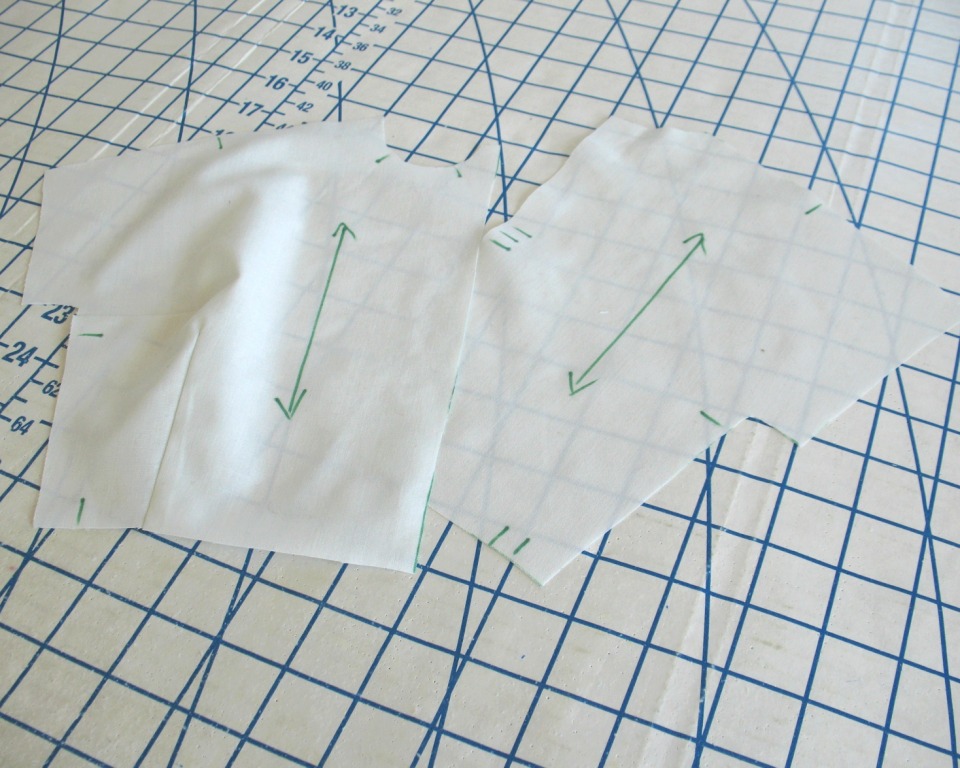
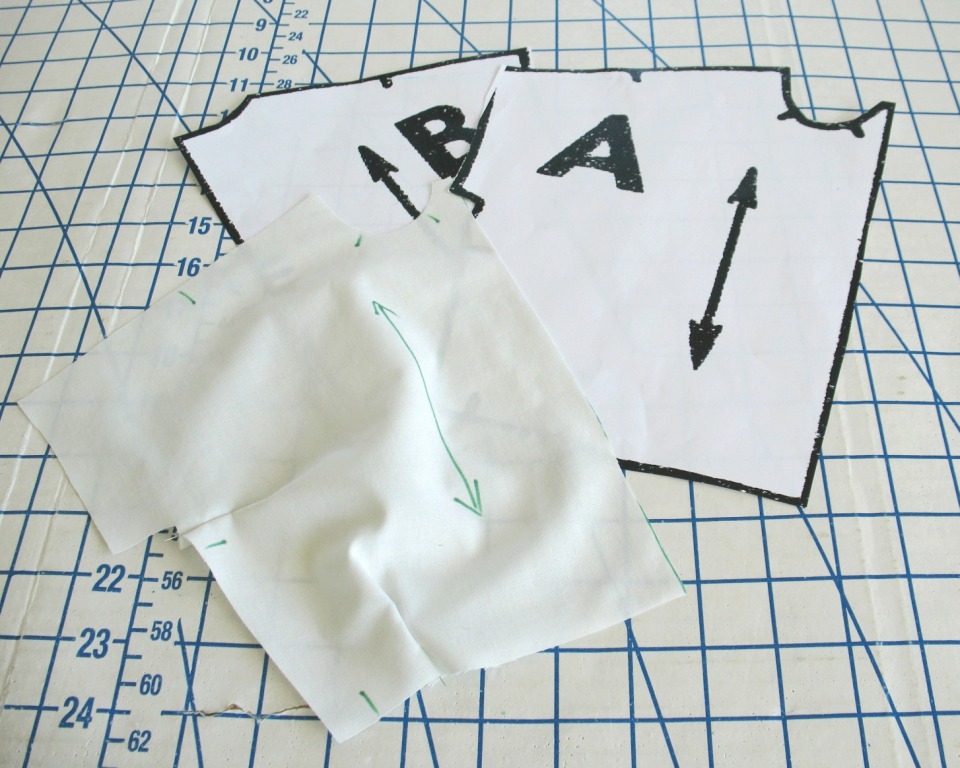
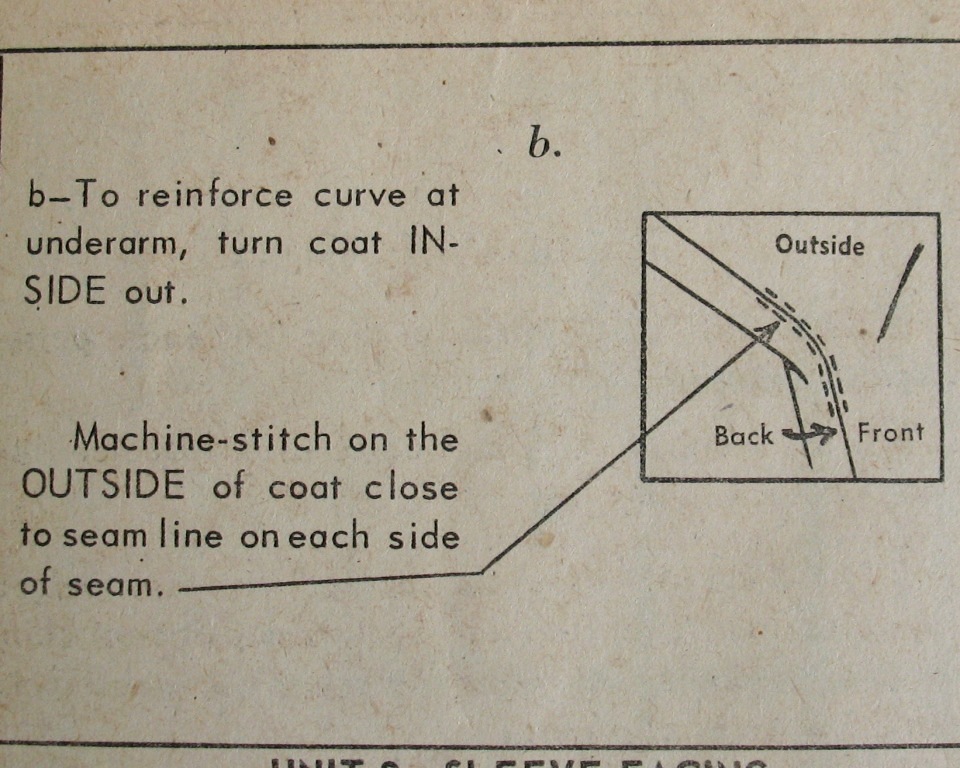
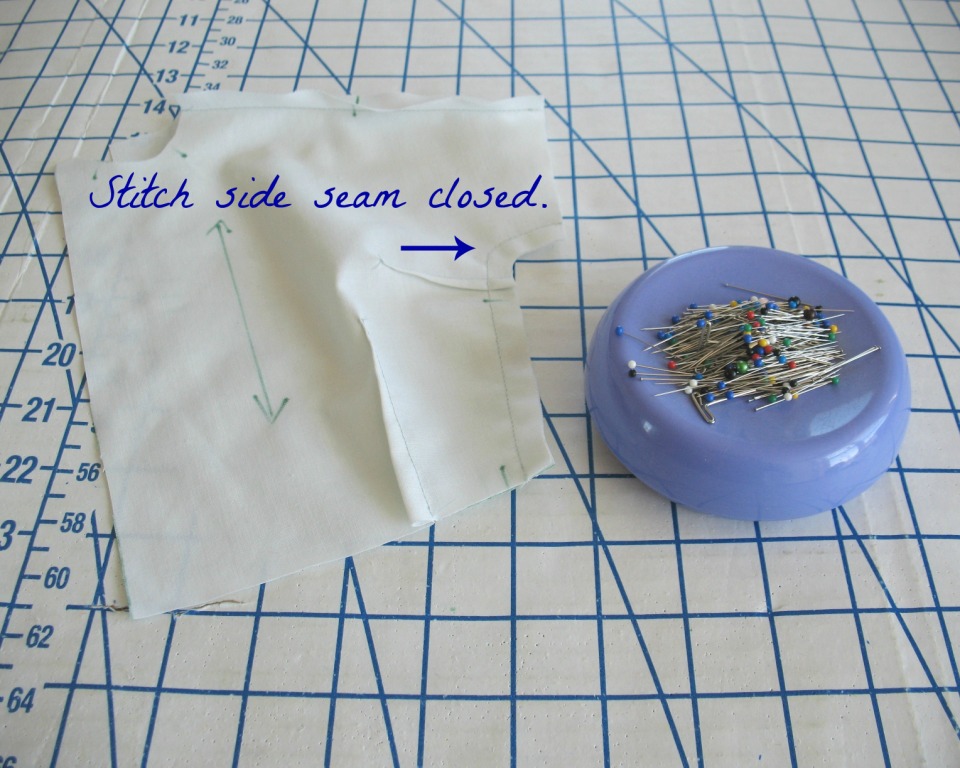

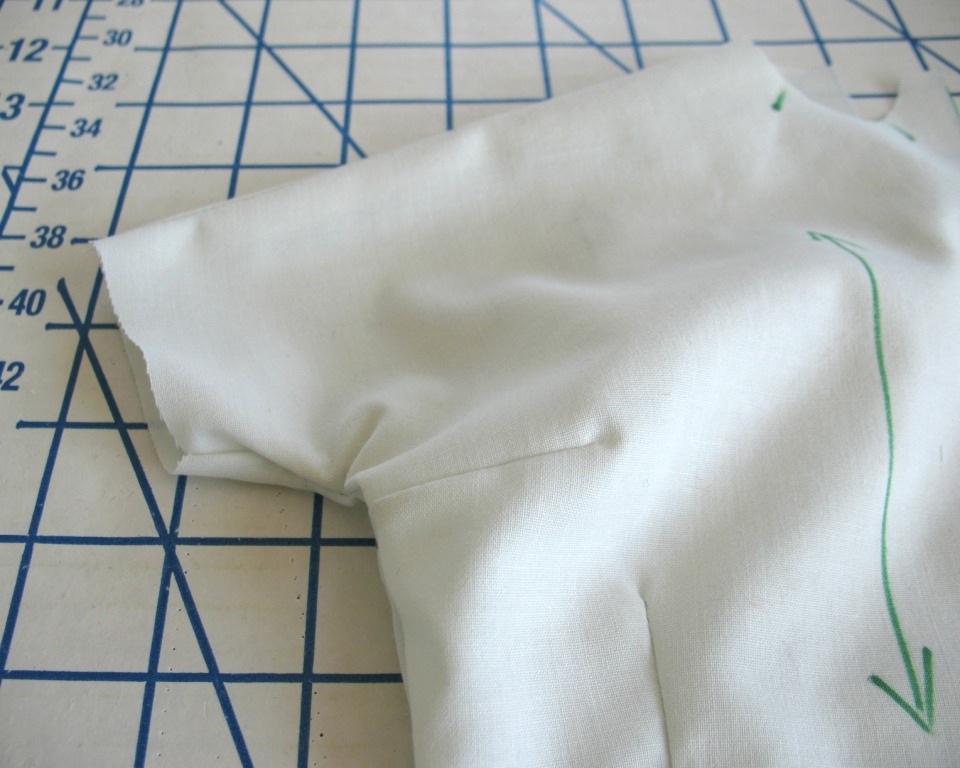
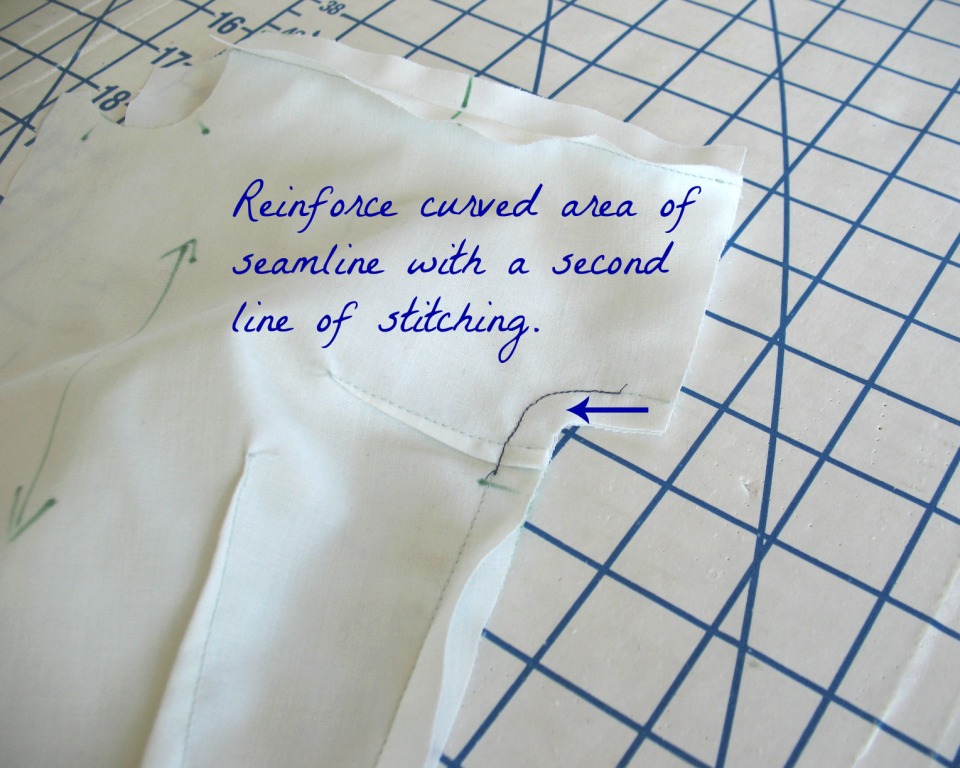
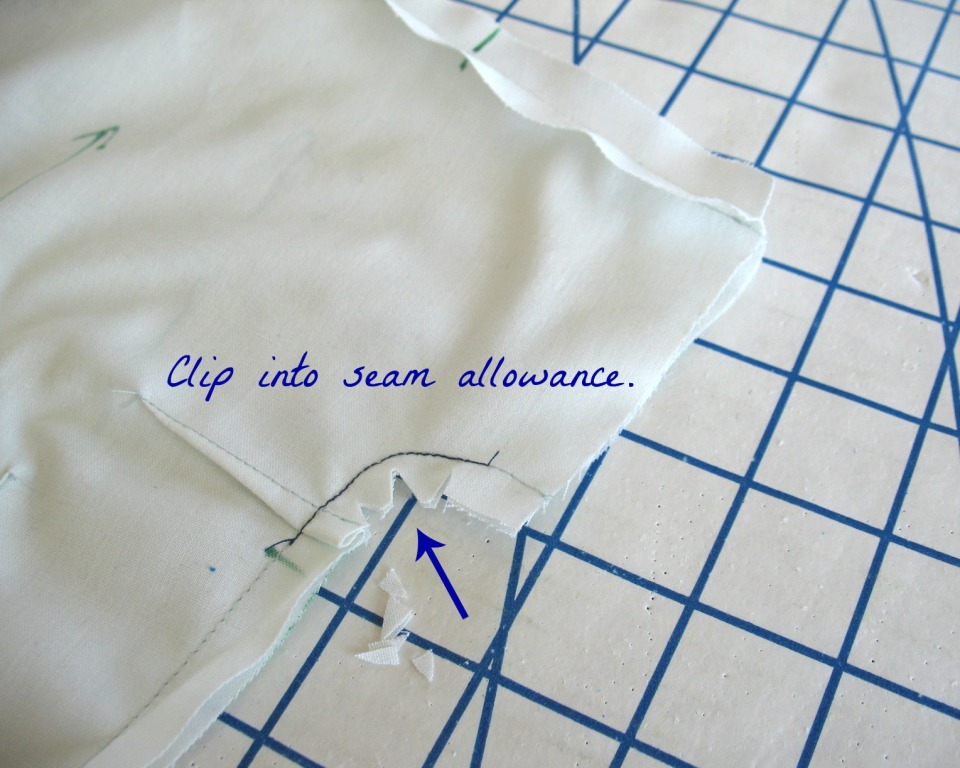
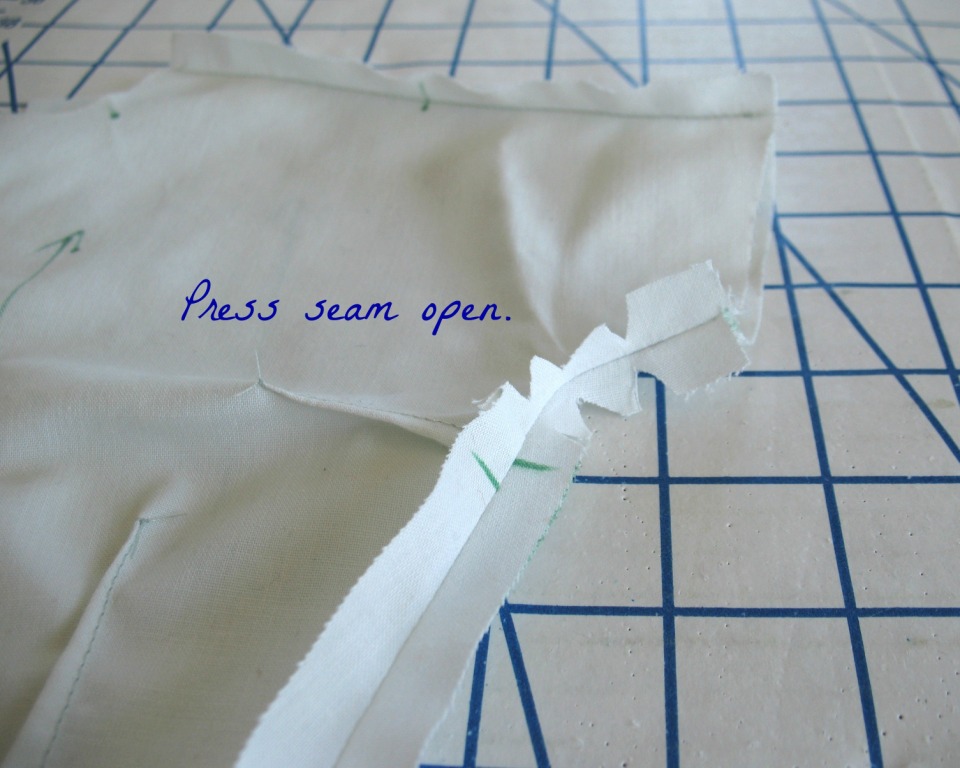
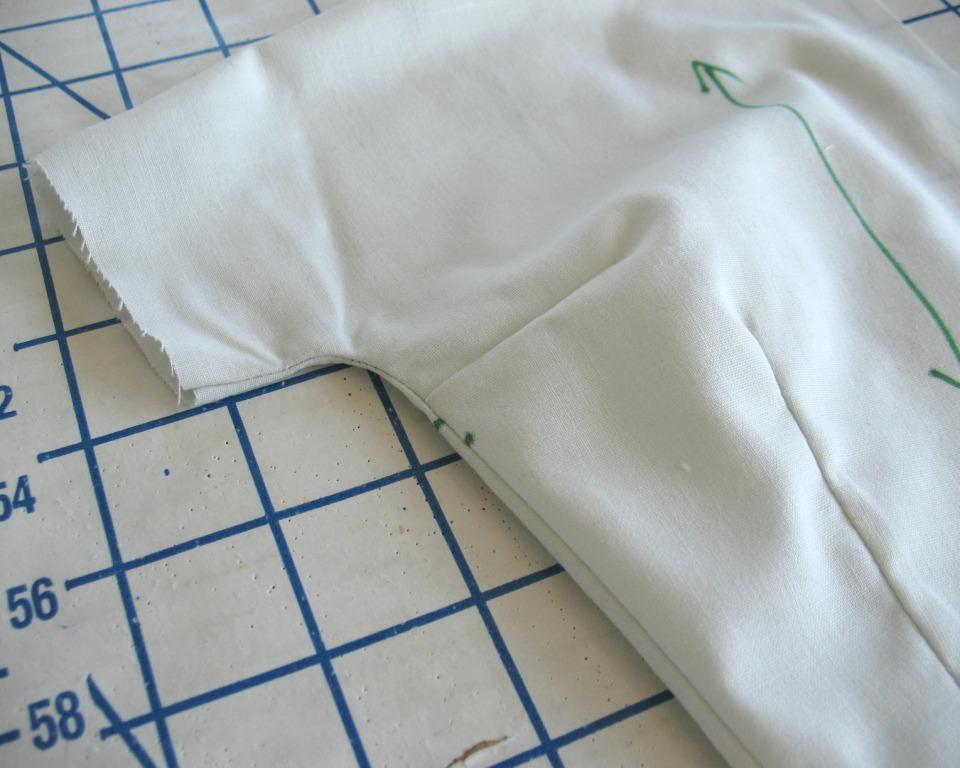
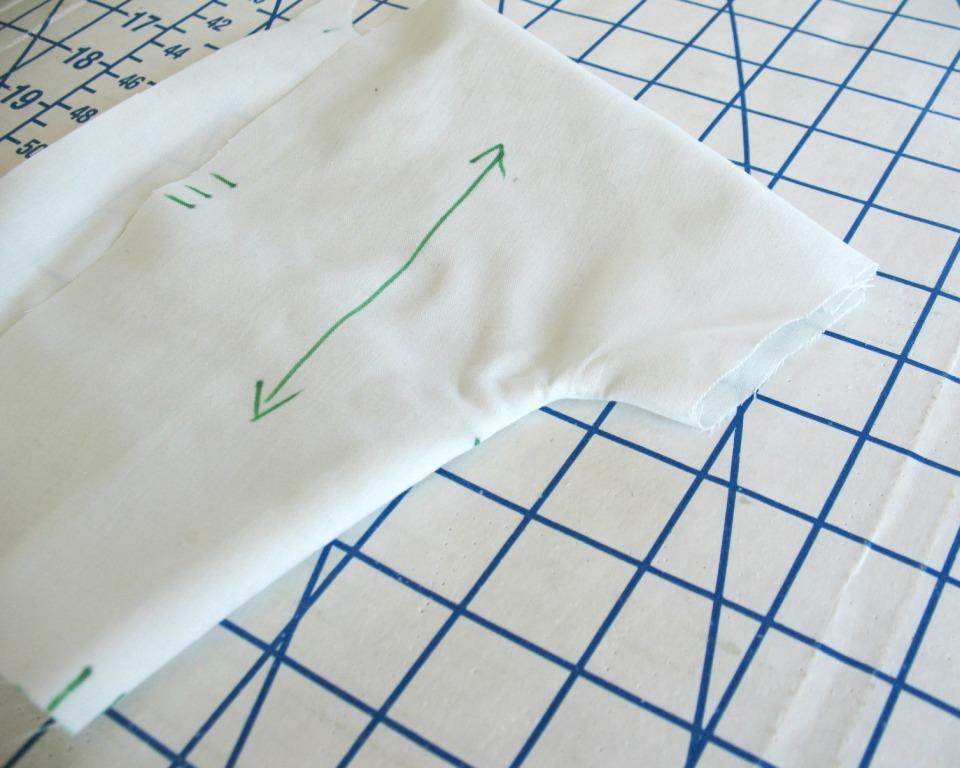
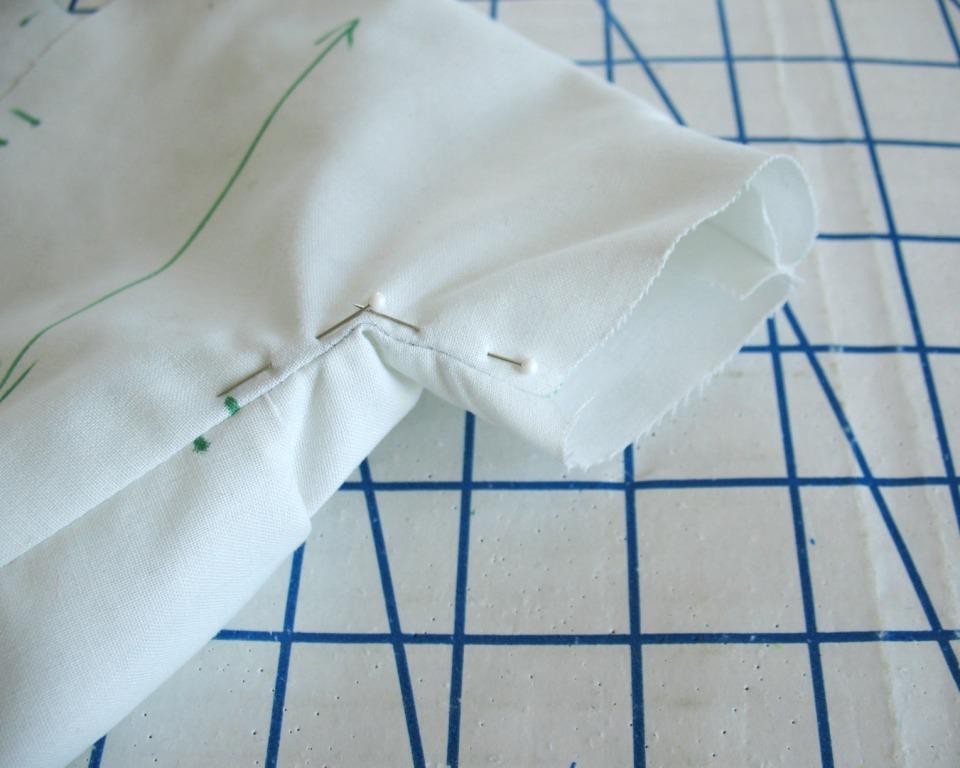
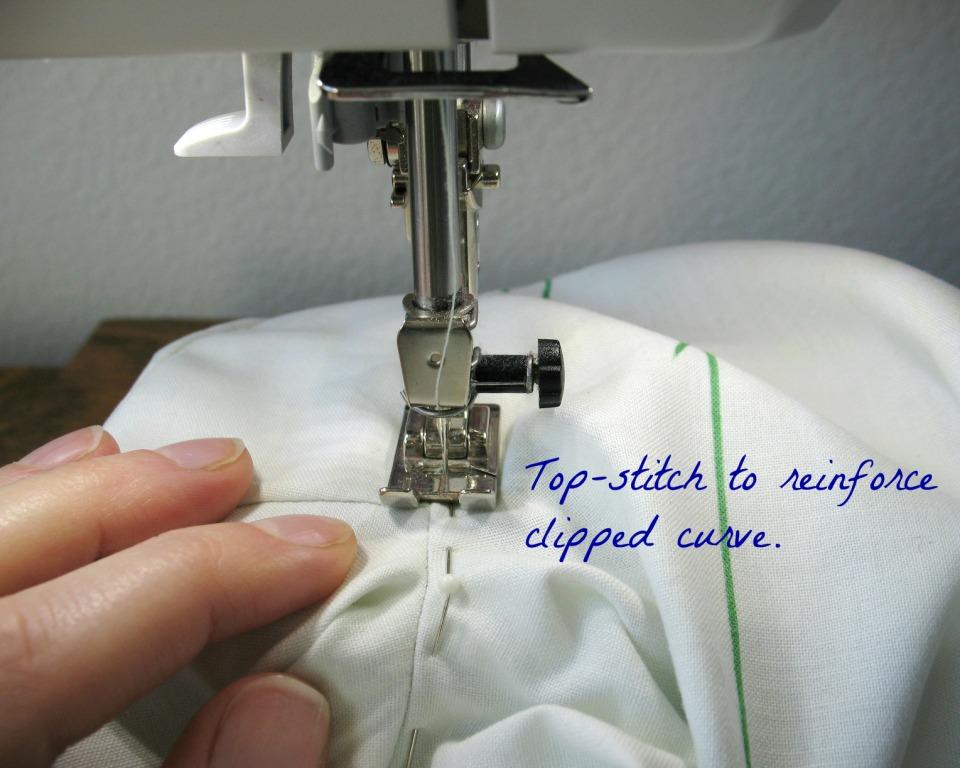
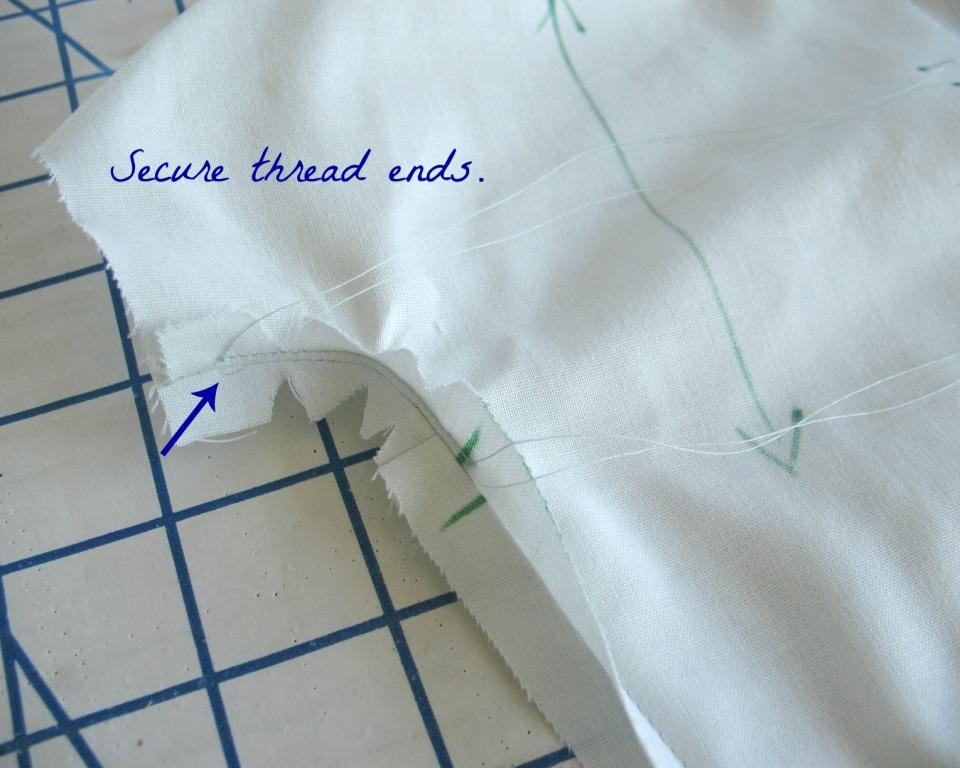



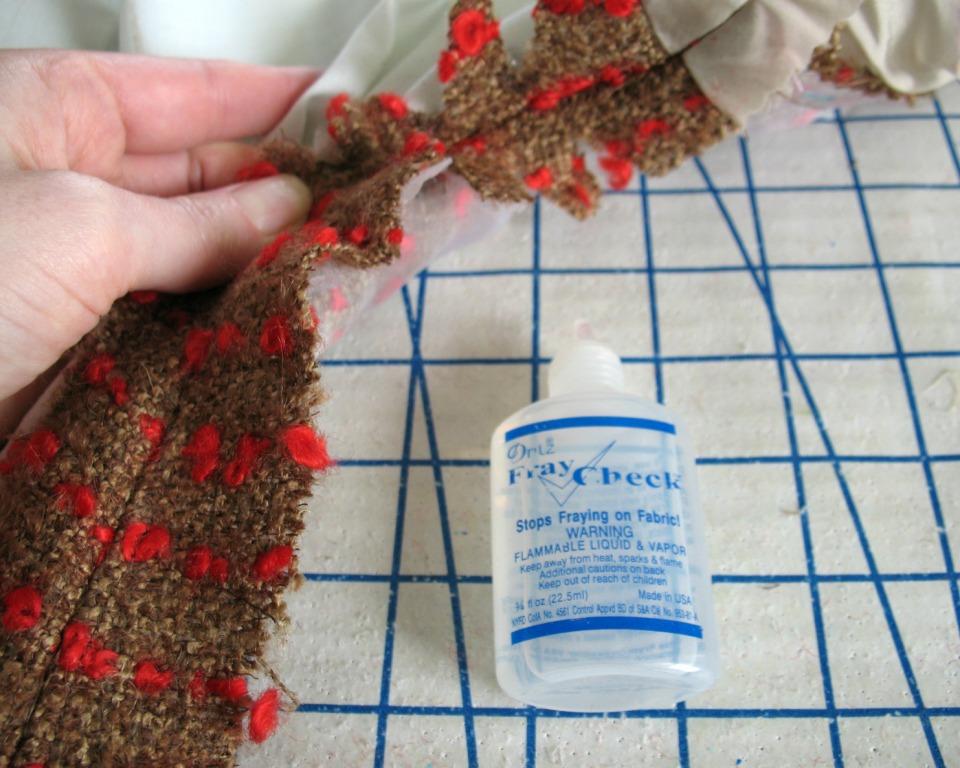

Hi
ReplyDeleteDe-lurking to say that I just noticed something on etsy that you might like. The shop is called VintageModeShop, and they've got some authentic, patterns included, burda magazines from the 50's. Nope, not affiliated. Just thought you'd like them.
Thank you for this, a really interesting tutorial. I haven't made many kimono sleeves yet but I have a couple of projects planned.
ReplyDeleteThanks for this detailed tutorial Laura!
ReplyDeleteI made some cotton dresses for my mother a few years ago and used French seams. They stayed new looking but my mother was the neatest lady I have ever met. For thicker and loose weave fabric like your recent dress, this is a great idea. Thank you. I may try it on some blouses to wear with skirts and pants.
ReplyDeleteYou always think things through so well; when one technique won't work, you have another one right behind it to address that issue (the silk scrap reinforcer). Grateful as always!
ReplyDeleteEnjoyed this tutorial, and your latest tip in the current issue of Threads Magazine.
ReplyDeleteThanks so much for this tutorial Laura Mae! I will definitely have to use this on my next kimono-sleeved item.
ReplyDeleteBrigid
the Middle Sister and Singer
boyerfamilysingersblog.com
Great tutorial! I do something similar but I had to figure it out as I went along. This is a complete guide to properly reinforced kimono sleeves.
ReplyDeleteThe thing I do different is to use fusibles: Instead of, or along with, the stay stitching, I fuse a bit of very lightweight knit interfacing to the seam line and part of the seam allowance. This should mean that the edges of the clipped bits are held by the fused-on stuff and won't fray.
Alternatively, I also sometimes use the same lightweight fusible interfacing instead of your seam binding/twill tape/scrap of organza.
Thanks for the detailed tutorial! The underarm point of a kimono sleeve was bothering me to bits! Just a question, if the material is able to take serging/overlocking, can we snip into the curve/corner to the underarm point and then serge/overlock the underarm seam and the side seam? Would that be sufficient to keep the seam allowance from fraying? Thanks Laura!
ReplyDeleteXin,
DeleteThat would probably work for most fabrics - just make sure to stretch the clipped curve as you serge to keep from tightening that seamline. If the fabric is prone to extreme fraying, serging may not be the best option depending on how much wear the piece will get.